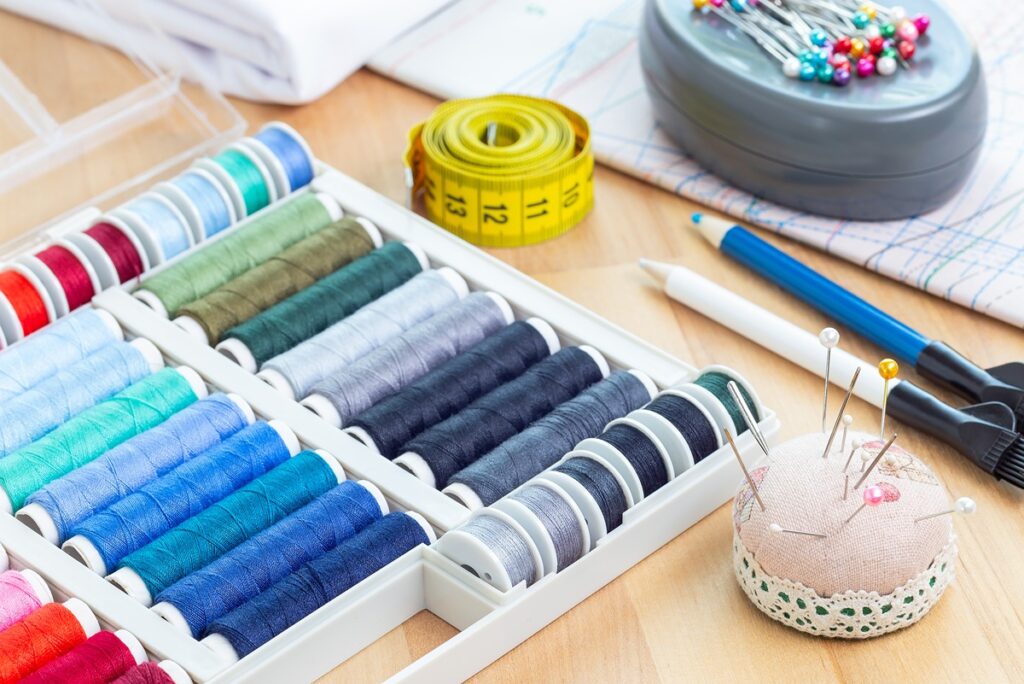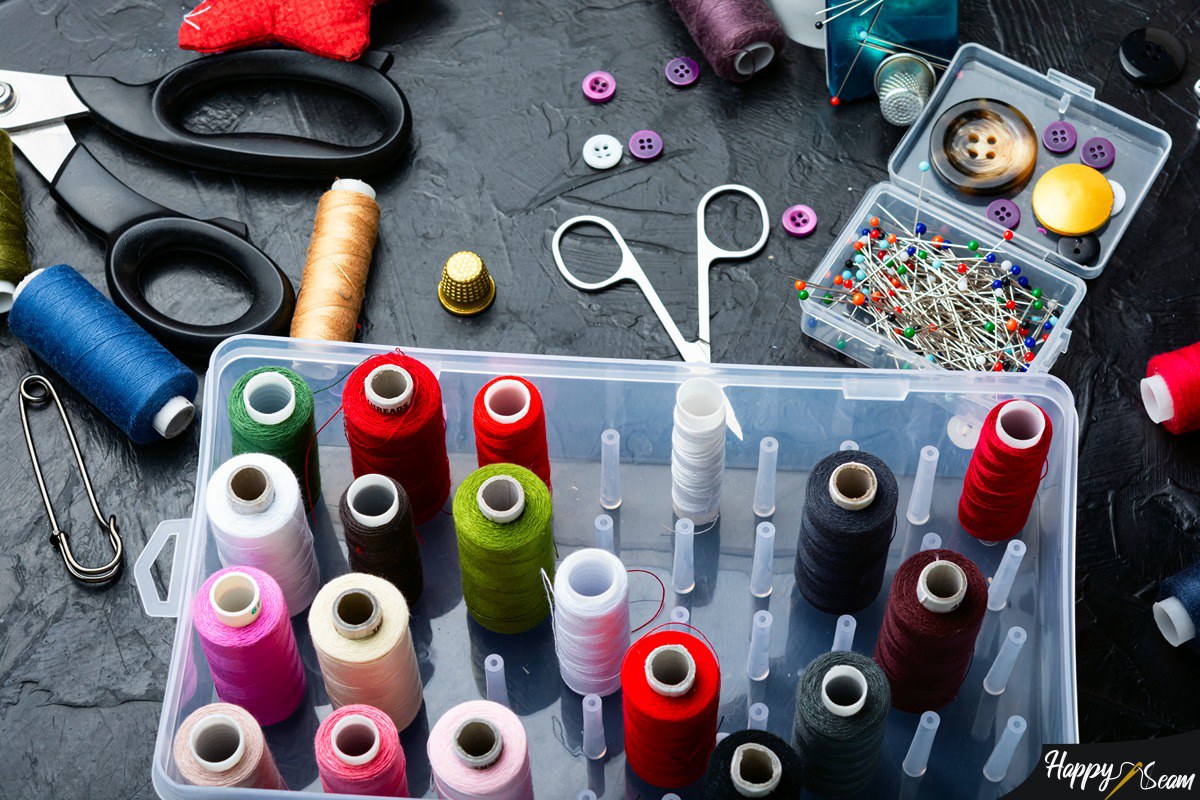Having general knowledge of the components that are included in your sewing machine is very significant in order to ensure their proper usage.
Certain components such as the spool pin are essential to be implemented in a sewing machine because, without it, certain features would not function. The capacity of your sewing machine ultimately depends on the functionality and proper usage of its components.
Key Takeaways
- The spool pin on a sewing machine is a significant part that enables the threads to move easily through the machine as well as hold the spool accurately.
- The spool pin can be placed either on the top of the sewing machine, on one particular side, or even on the back side of the sewing machine.
- Checking the spool pin before using it is crucial in order to ensure that it functions properly and will not cause problems in the process of sewing.
- The tension with which a spool pin is used on a sewing machine is very important in order to produce successful sewing projects easily with no complications.
- Proper adjustment of the spool pin is recommended for its effective performance.
What Is A Spool Pin?

The spool pin on a sewing machine is a component that helps in the process of the threads moving through the machine with ease as well as holding the spool properly. The spool pins can be produced from various different materials and are usually pointed vertically on a sewing machine.
Also Read: Definition of Stabilizer in Sewing
Where is the Spool Pin Placed on a Sewing Machine
The placement of the spool pin on a sewing machine is very important to determine in order to easily identify it. The most common placement of a spool pin is on the upper part of the sewing machine so that the user is able to clearly see how it is working and identify any possible problems that may occur.
Certain sewing machine models are characterized by the slightly different placement of the spool pin. For example, the spool pin can be placed on one side of the sewing machine to allow easy approach by the user.
In addition, some sewing machines have the spool pin placed on the back side which prevents the threads from intermingling with the other components of the sewing machine that have to be visible to the user in order to ensure proper usage.
More advanced sewing machine models can also contain two spool pins placed on different parts of the sewing machine and they provide the user with the opportunity to constantly multitask and monitor what is happening with the needles and threads as well as save more time.
How to Use a Spool Pin on a Sewing Machine
The usage of the spool pin on a sewing machine has to be done in a proper manner to ensure that the process is flowing smoothly and with ease.
Getting something stuck on the spool pin may cause the process to slow down and be the reason for the user’s frustration.
To ensure that the threads on the spool pin always stay in place, it is best to opt for a vertically placed spool pin.
This placement is proven to keep the threads secure during the process of sewing without the possibility of getting intertwined or tangled.
In order to make sure that your spool pin is working effectively, it is always important to check it before using it in case there are residues from different projects or glue stuck on it.
Eliminating these unwanted things will guarantee good tension of your sewing machine spool pin.
Setting up the spool pin is also a very significant point that needs to be mentioned. The spool pin on a sewing machine allows the possibility of adjustment in order to match the thickness of the threads.
Proper arrangement of the spool pin will allow you to create projects on your sewing machine very easily with no issues.
Also Read: Buying Guide on Wig Sewing Machines
Tips on Using a Spool Pin

When it comes to properly using a spool pin, there are certain useful tips to keep in mind for the next time you choose to create projects by using your sewing machine:
- If the spool pin is horizontally placed on your sewing machine, you need a certain cover such as a lid or a top to make sure that the threads stay in their place throughout the process of sewing.
- Always make sure that the tension of the spool pin is effectively working on your sewing machine in order to successfully and quickly create your projects.
- A spool pin made out of plastic can be less durable than a spool pin made out of a denser material such as metal.
Frequently Asked Questions
Can you use a sewing machine without a spool pin?
The use of a sewing machine without a spool pin can cause a lot of frustration and complications regarding the process of sewing. Without a spool pin on a sewing machine, the threads will frequently get loose because the purpose of a spool pin is to keep the threads in place and stable.
Where is the spool pin located on a sewing machine?
The spool pin can be located in various different places on the sewing machine depending on the design and model of the particular sewing machine. The most common location of the spool pin is on the top of the sewing machine but it can also occur on one side or even on the back side of the sewing machine.
What is the function of the spool pin on a sewing machine?
The spool pin is included in a sewing machine to make the process of threading much easier, more controlled, and stabilized as well as provide the user with the ability to always be aware of the different motions involving the spool pin.
Also Read: Definition of Layer Cake in Quilting
Final Words
The importance of the spool pin on a sewing machine should not be downplayed because of its ability to control and stabilize the threads.
Taking proper care of a sewing machine component such as the spool pin will eliminate the possibility of any problems occurring during the process of sewing.
The best part about the spool pin is that it can be placed wherever it is convenient for you in order to ensure that you are using your sewing machine in a proper manner.
Sewing is definitely one of my biggest hobbies. I’ve been doing it since i was young, thanks to my mother. I specialize in sewing, and that’s what i mostly write about.



